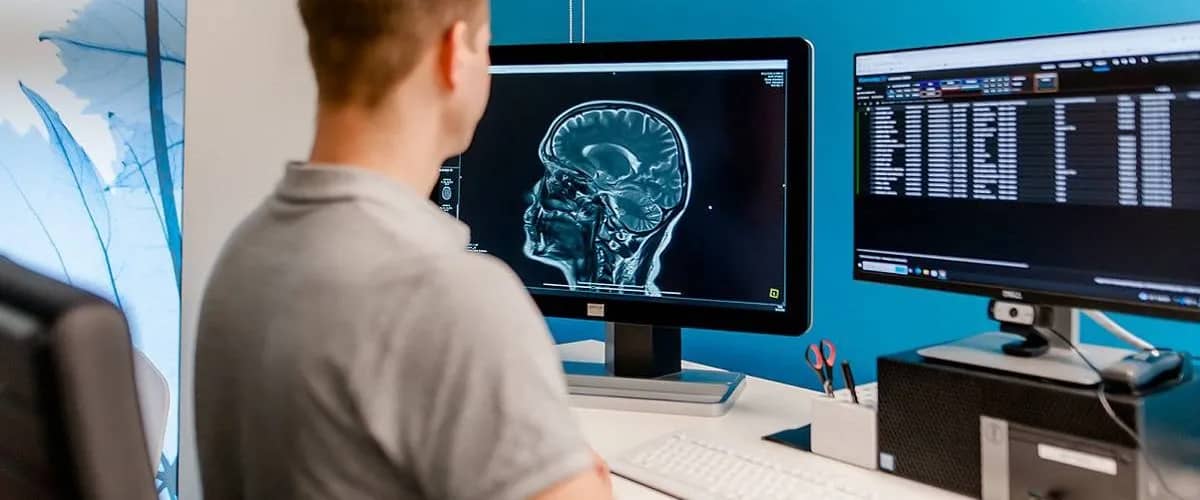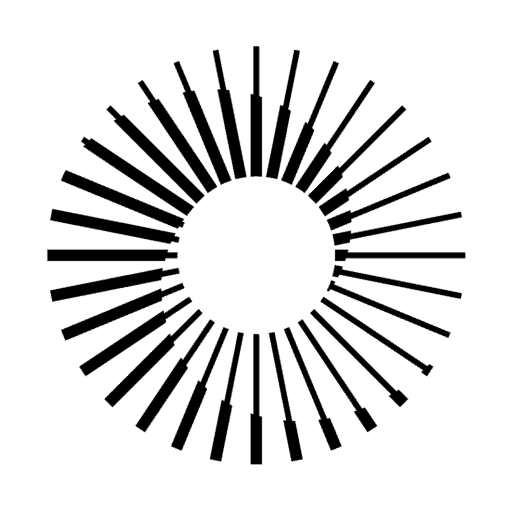The digitalisation of images in radiology created a large need for storing and working with these images online. Let’s have a look on what kind of role the systems of RIS/HIS, PACS and VNA play nowadays.
📖 Author: Emmanuel Anyanwu | Alberta Health Services, Canada
The significant transition from the days of using films to today’s filmless era in radiology shows some of the remarkable advancements this field of medicine has undergone. With the transition came an improvement in the quality and resolution of medical images. This created a need for storing these images resulting in the development of information systems like picture archiving and communications system (PACS)—an imaging system used to store, retrieve, manage, and distribute medical images.
Other information systems used for medical imaging include vendor neutral archives (VNA), radiology information systems, and hospital information systems (RIS/HIS) which are used to manage medical images and patient data. The increase in demand for medical imaging services has necessitated more convenient ways to view, store, analyse, and carefully share patient data.
PACS: Picture archiving & communication system
PACS is a medical imaging system that securely stores, retrieves, manages, and distributes medical images and data. This software can handle a variety of imaging modalities, such as X-rays, MRI, CT scans, and ultrasounds. It eliminates the conventional manual ways these images were stored, or transferred by replacing them with electronic methods, thus making radiologists more efficient and productive.
This digital tool has benefited the medical world, allowing doctors to instantly view patients’ images, reports, and medical histories on a computer workstation, irrespective of location, thus leading to quicker diagnosis and faster treatment plans. PACS uses DICOM (Digital Imaging and Communications in Medicine), the standard protocol or format for managing and transmitting medical images. The software includes functionalities such as image viewing, storage, manipulation, and sharing between healthcare providers, and it can integrate with RIS/HIS to facilitate seamless patient care.
VNA: Vendor neutral archive
VNA is a storage and archive system that can store and manage medical images and data from different PACS systems, irrespective of the vendor. It is designed to be vendor-neutral which means it can integrate with different PACS systems and provide a unified view of patient data to healthcare providers. It allows healthcare providers to consolidate and manage patient data across locations and healthcare facilities without the concern of losing any image data.
Product development manager Tara Martyres once said, “VNA is a powerful archive that provides a lot of benefits, especially in complex environments, given the complexity of healthcare IT systems. The need for VNA is much more about how it facilitates interoperability as it leverages advanced technologies to provide centrally managed access to all imaging information. As an image management platform, it can integrate with all systems and becomes the central hub that allows for the streamlining of workflows.”
RIS/HIS: Radiology/hospital information system
RIS is an electronic health record system used to manage data related to radiology services in a hospital or imaging centre. The software makes it easy to organise and keep radiology patient records, schedule patient appointments, and provide easy access to patient reports, billing, and financial management. With this software, radiology departments can have optimised workflows to keep productivity high as radiologists attempt to meet increasing demands.
Jeff Broz, director of imaging applications for Alegent Health in Omaha, says, “Having RIS drive workflow is very advantageous. The system makes the technologists accountable during image acquisition, intelligently routes images to the specific patient location such as emergency or intensive care, and sends an image copy to the web server for direct access throughout the enterprise.”
On the other hand, HIS is a broader healthcare information system that manages patient data across multiple departments, including medical, administrative, financial, and legal, in a hospital or a larger healthcare facility. Radiologists can use RIS/HIS to track patient data and some cases generate reports for radiology examinations. Combined with PACS, these systems can result in better time management, more efficiency, and accuracy—ultimately leading to better patient care.
Differences between RIS/HIS, PACS & VNA
Basically, each of the softwares described above has different purposes:
- RIS/HIS manages administrative and clinical data related to radiology services and patient care.
- PACS manages medical images and reports.
- VNA provides storage and archive functionality for medical images and data across different PACS systems.
However, when integrated, these softwares create efficient systems for effective operations that help the radiology team become better organised and more productive.
Chief Technology Officer Eric Rice confirms, “When I look at the VNA and PACS space, I see a shift going on. Some PACS vendors are looking to become everything, but their main emphasis has been on improving workflow. With VNAs, however, the focus has been on back-up and archives.”
In conclusion, RIS/HIS, PACS, and VNA are all essential systems for managing patient data and medical images. When integrated, they provide a comprehensive solution for managing patient data and medical images in radiology. They are critical tools that enable radiologists to provide accurate diagnoses and facilitate effective communication between healthcare providers.
—
Do you buy RIS/HIS, PACS and VNA from the same vendor? Share your experience via the comment section below.
Want to join a great team? Check out our careers section. We are always looking for outstanding talent—from application specialist to software developers.
📷 Photo credits: daniela-mueller.com



